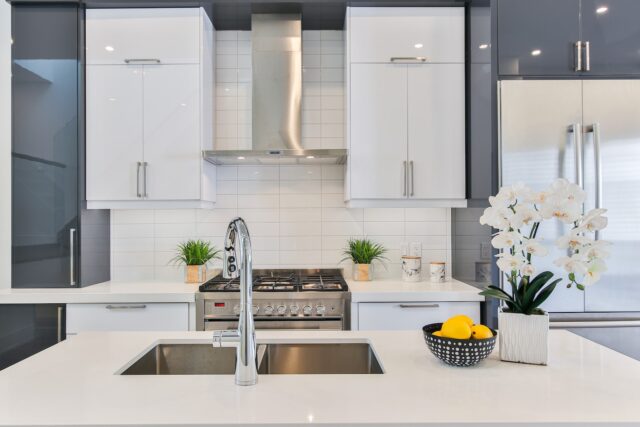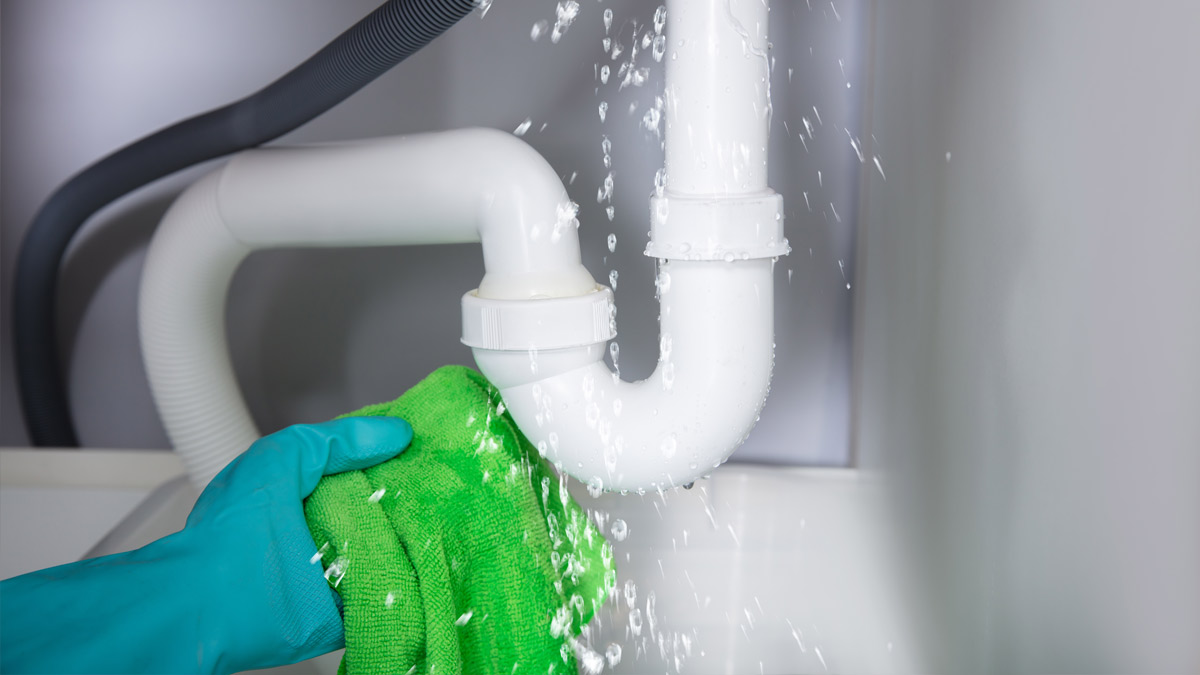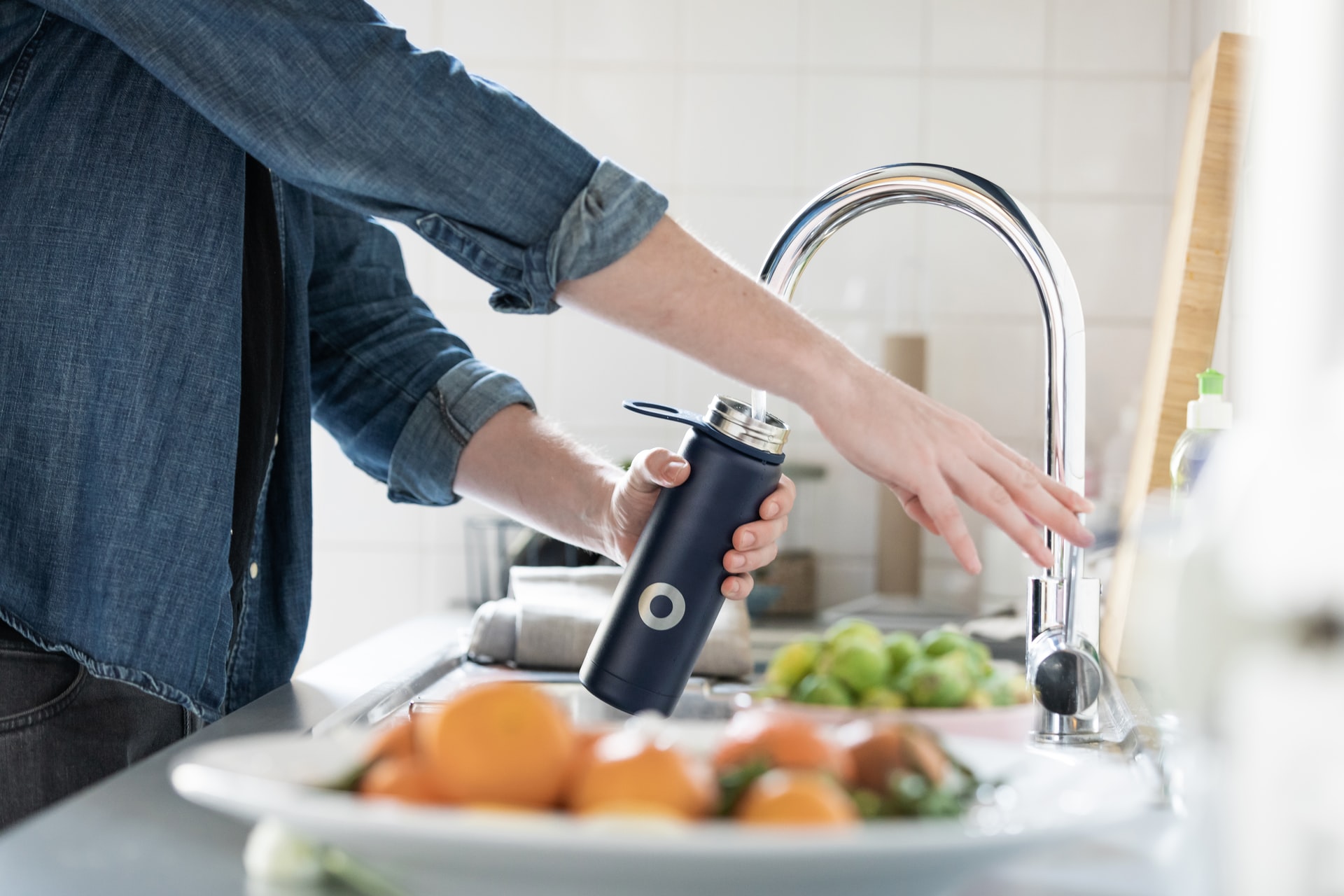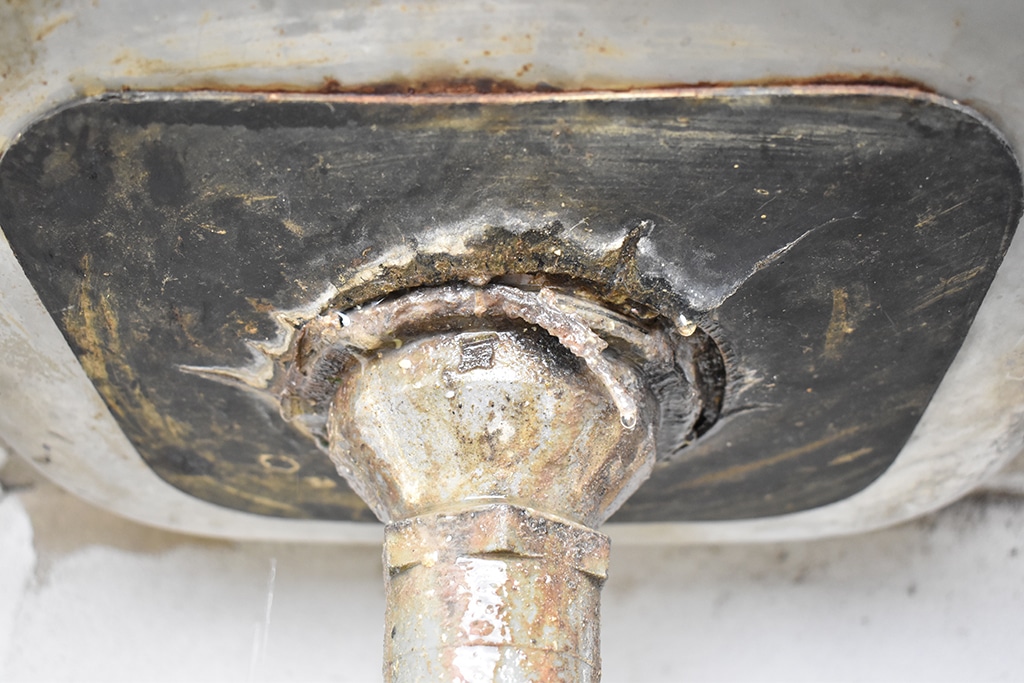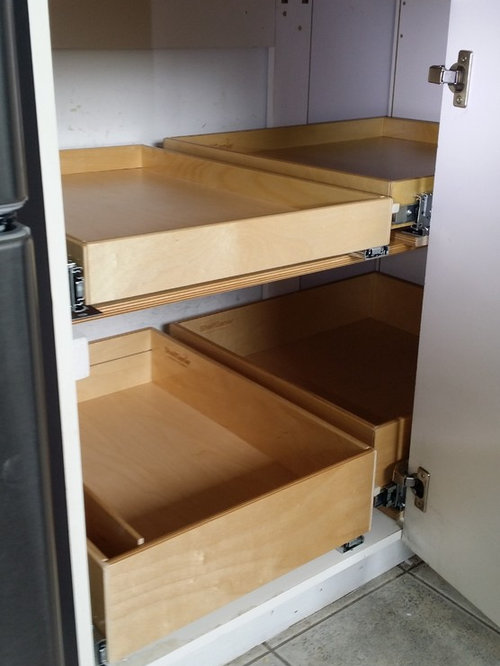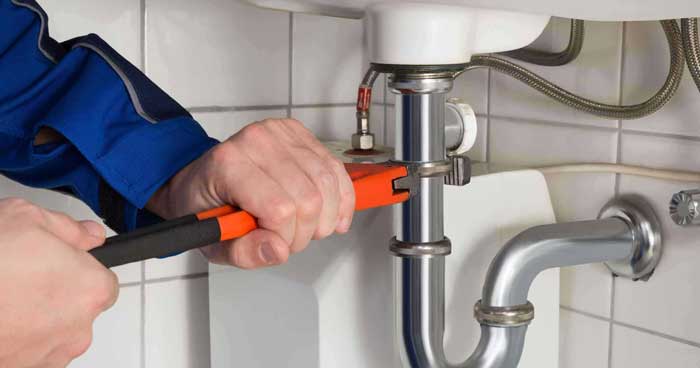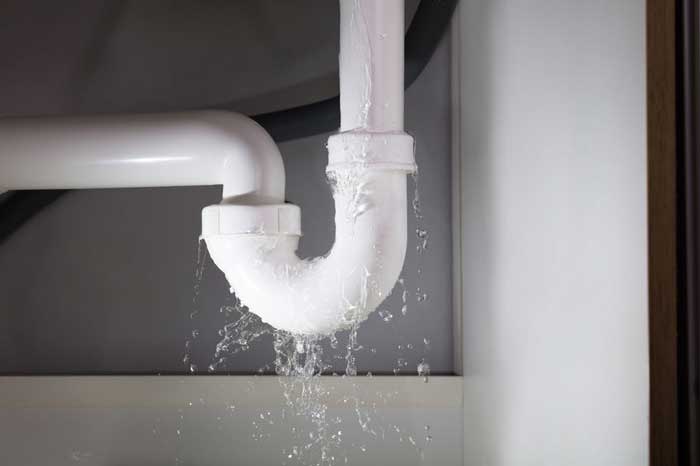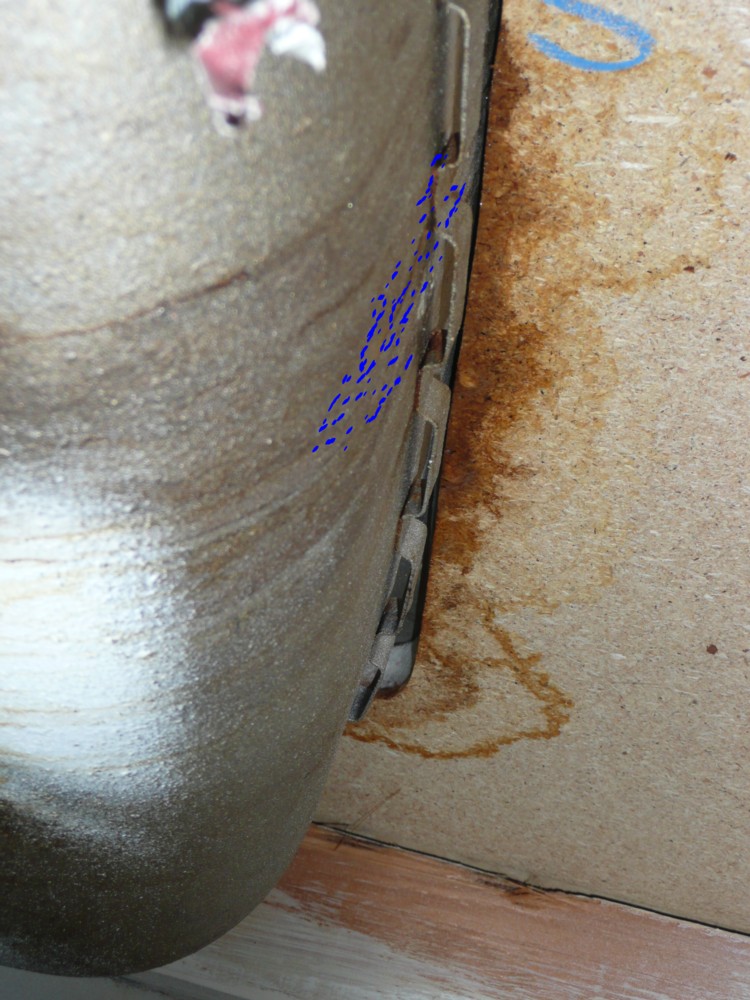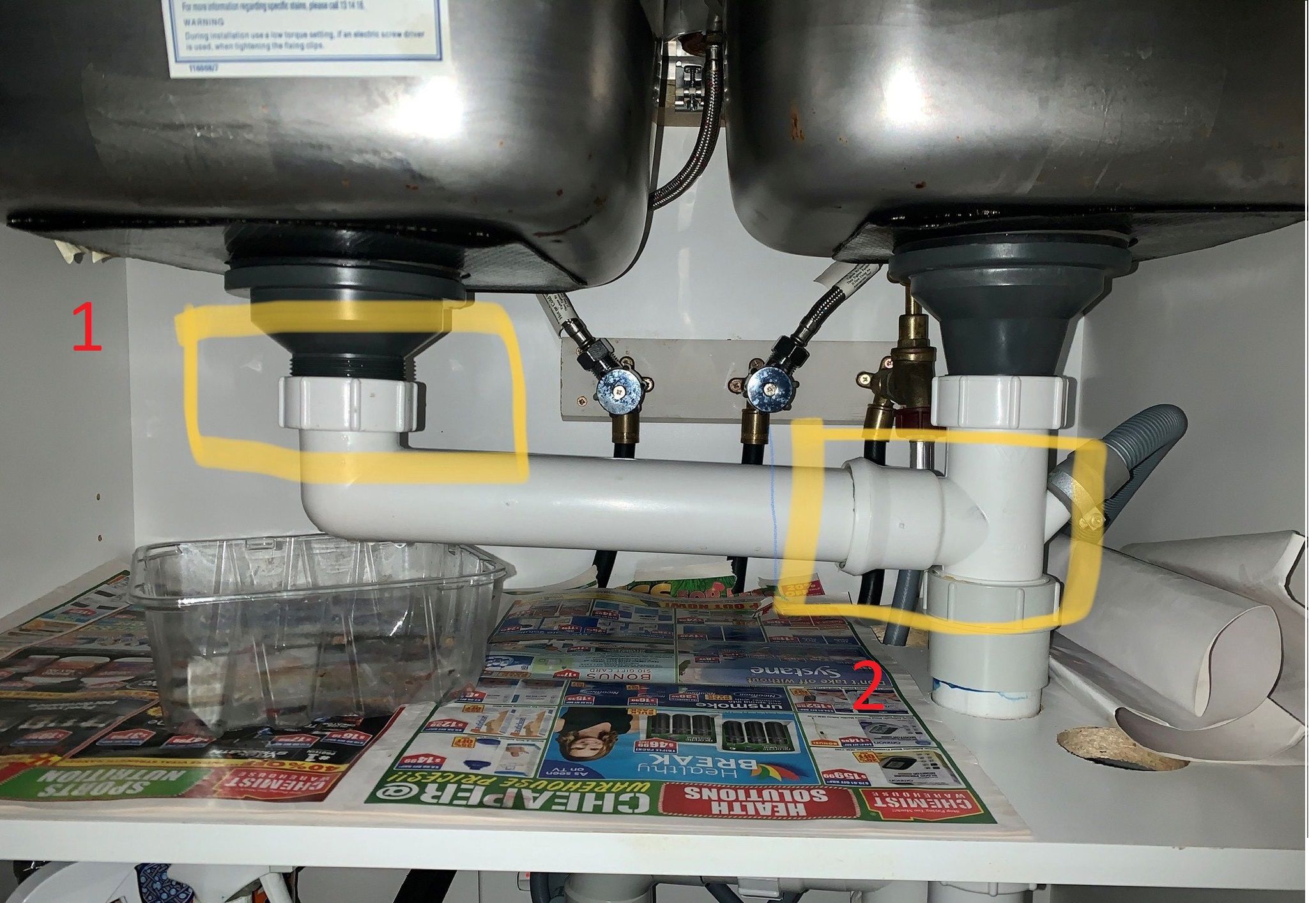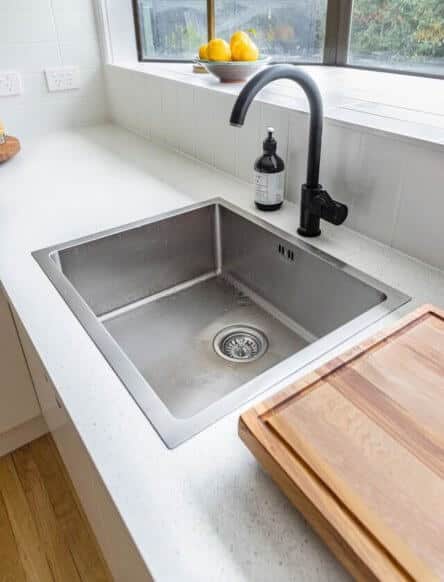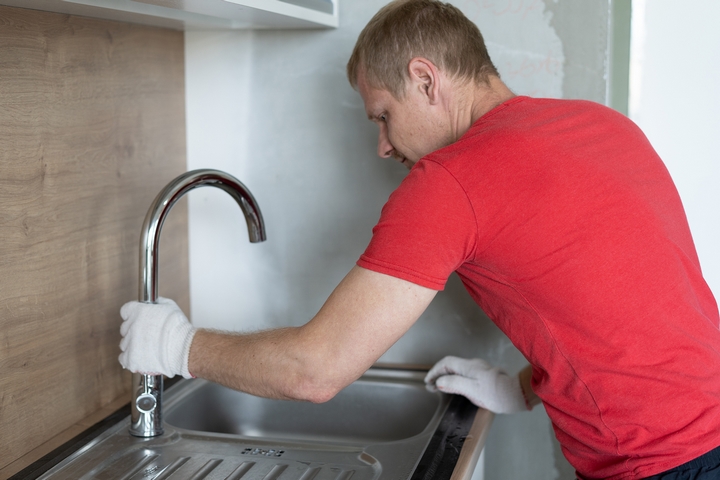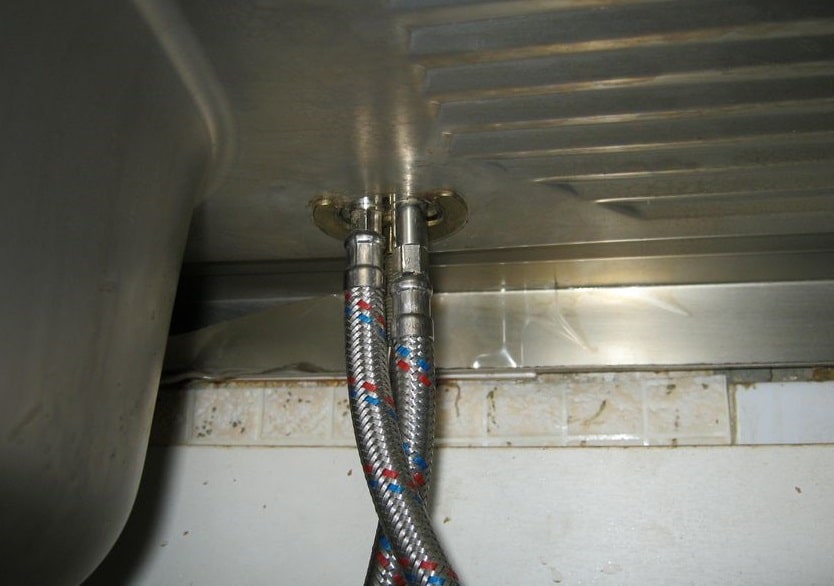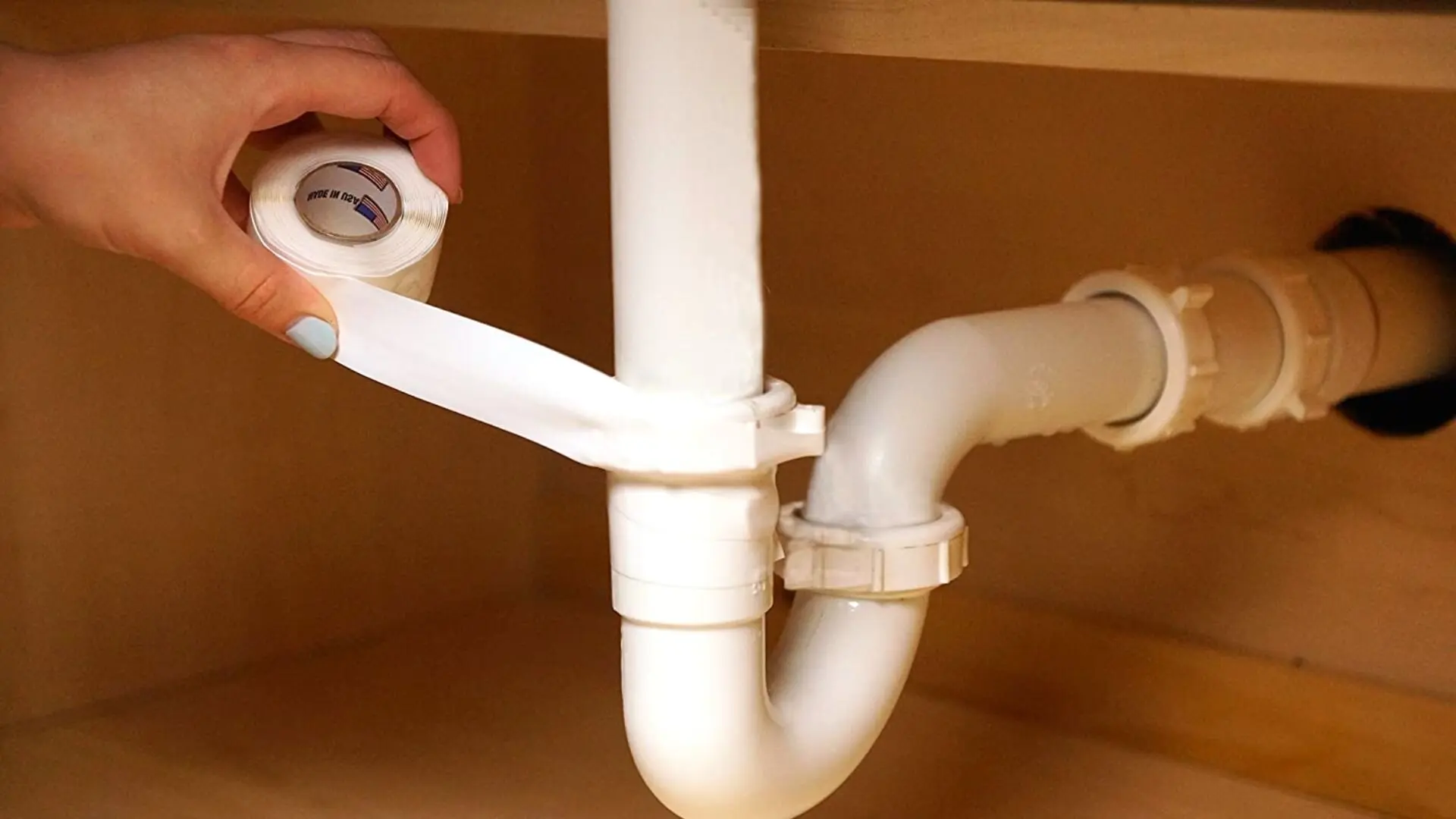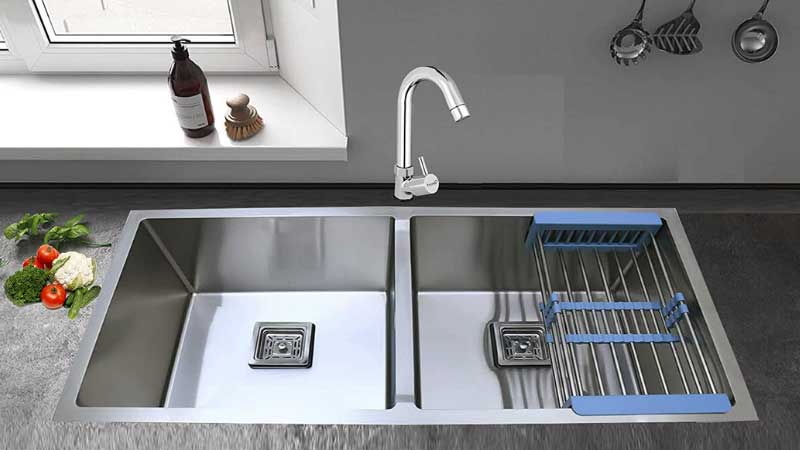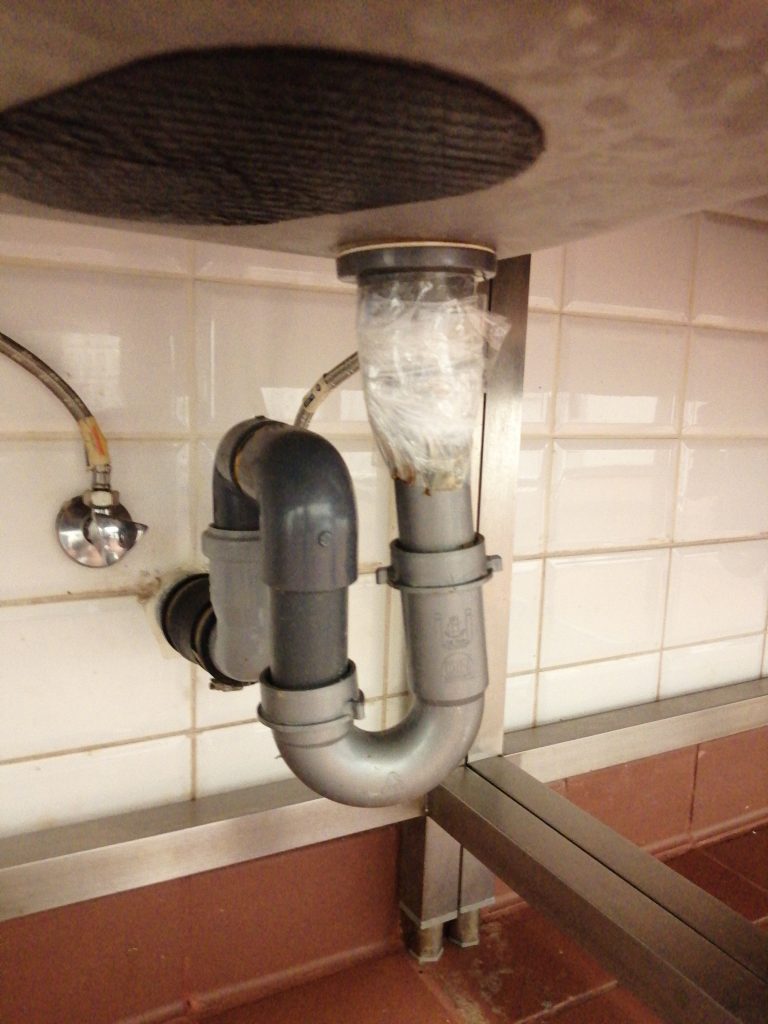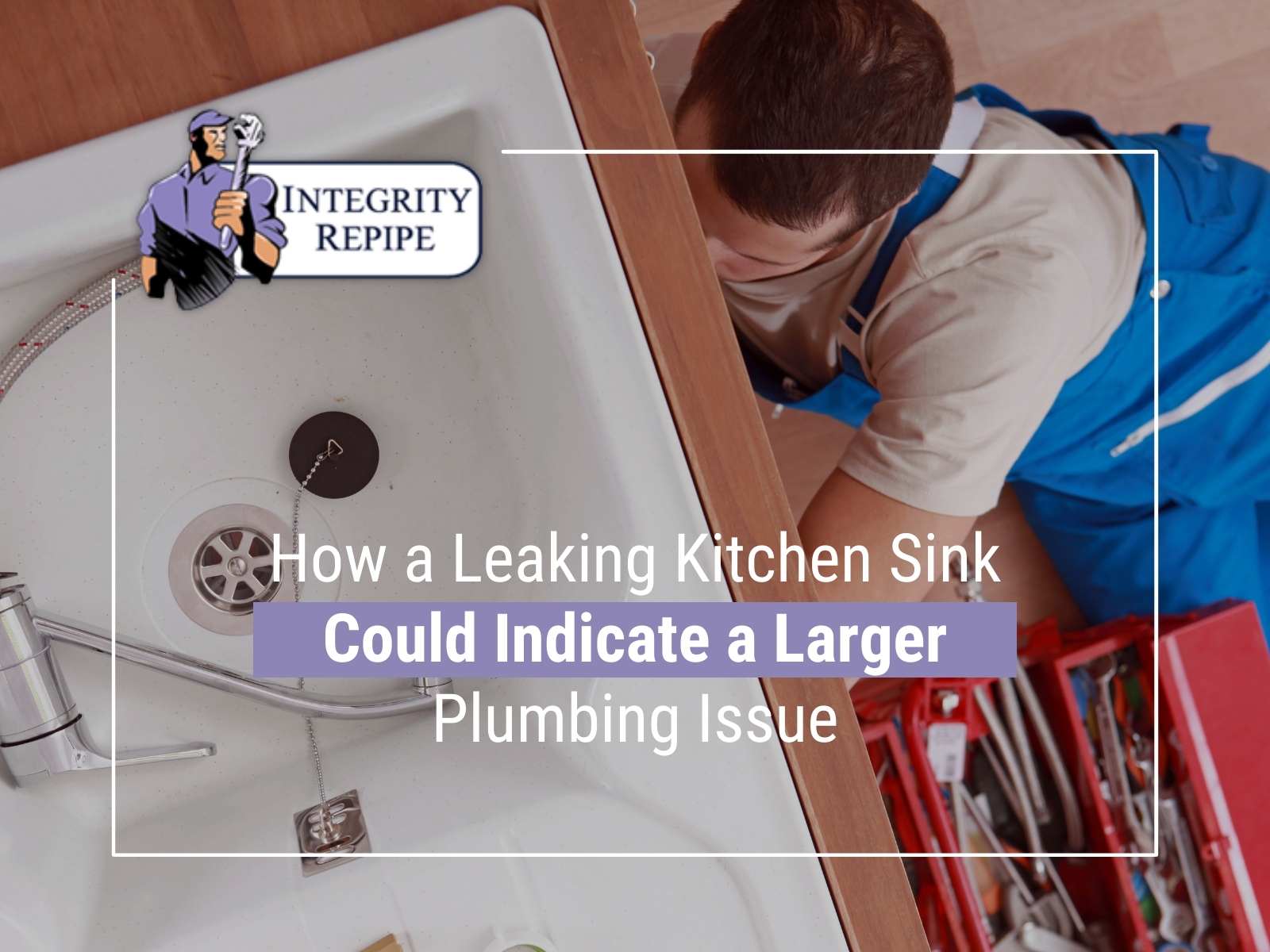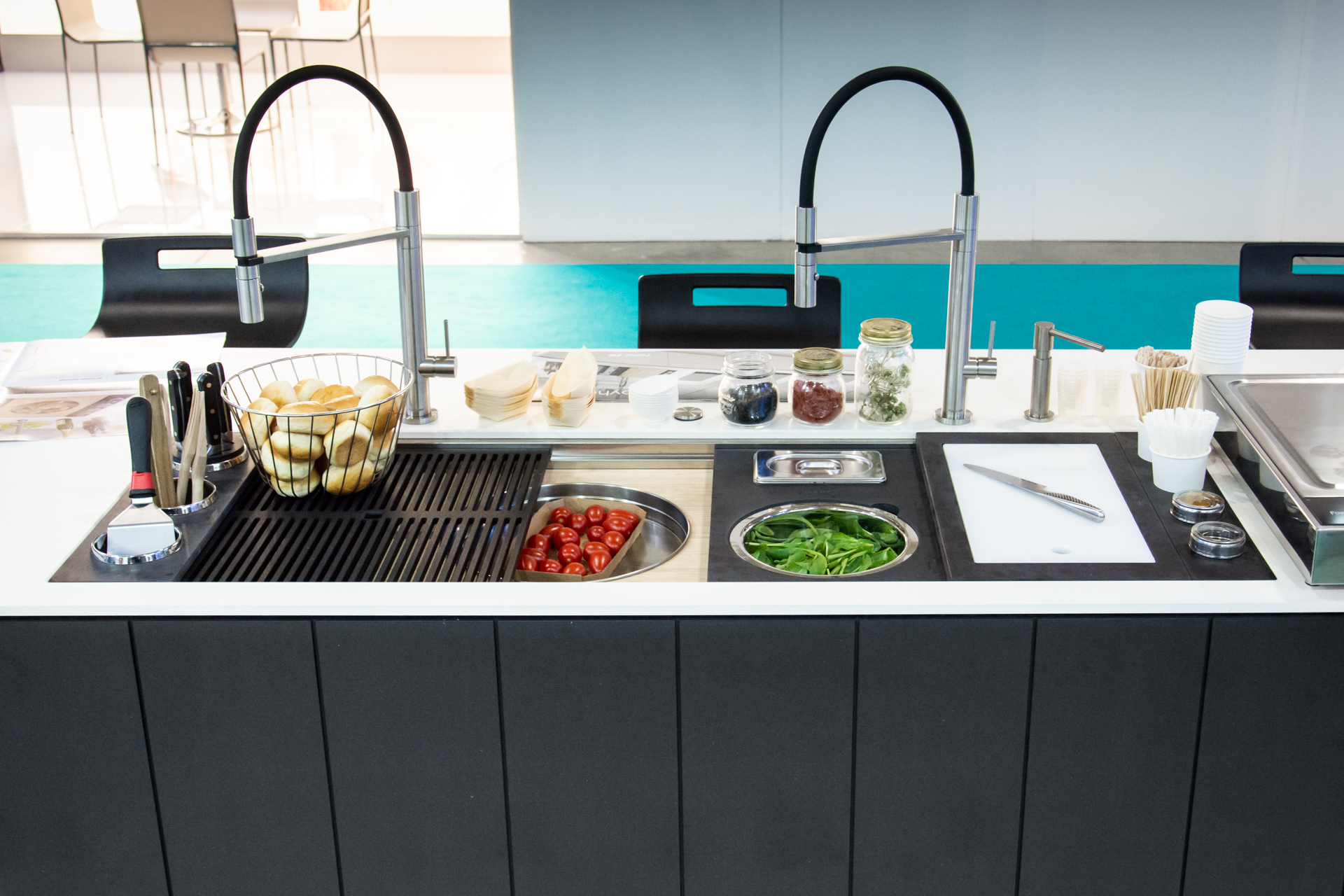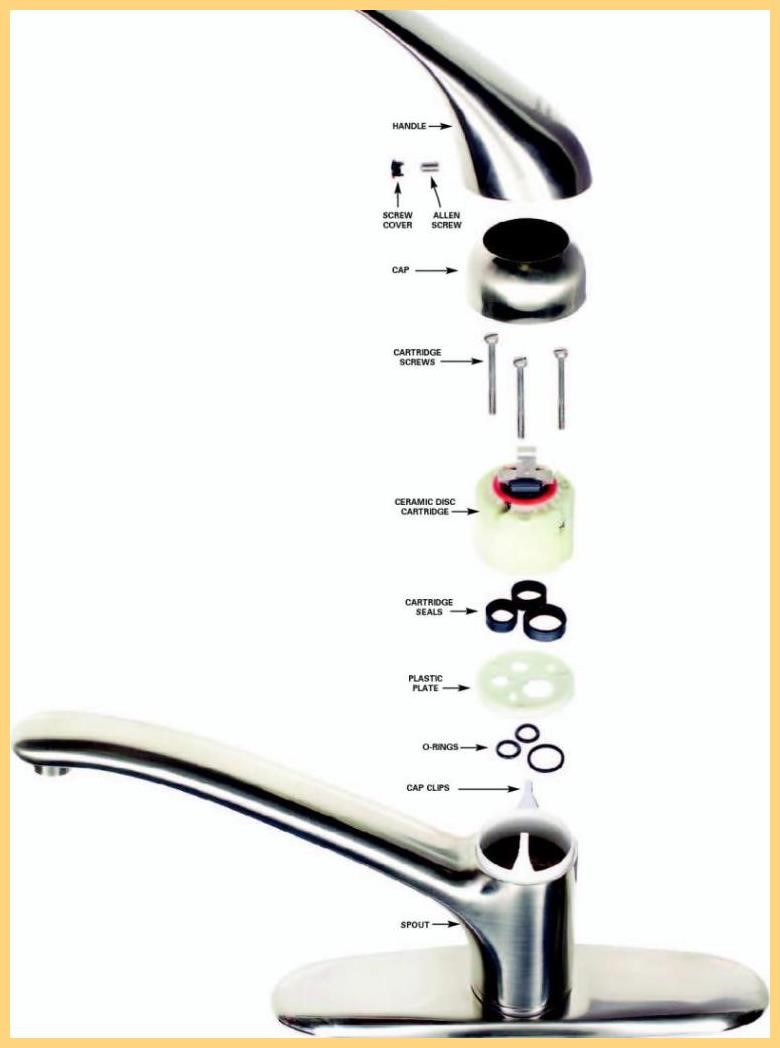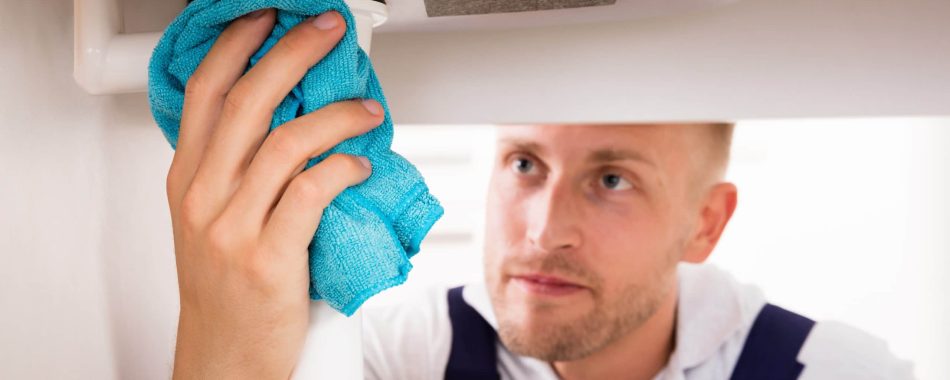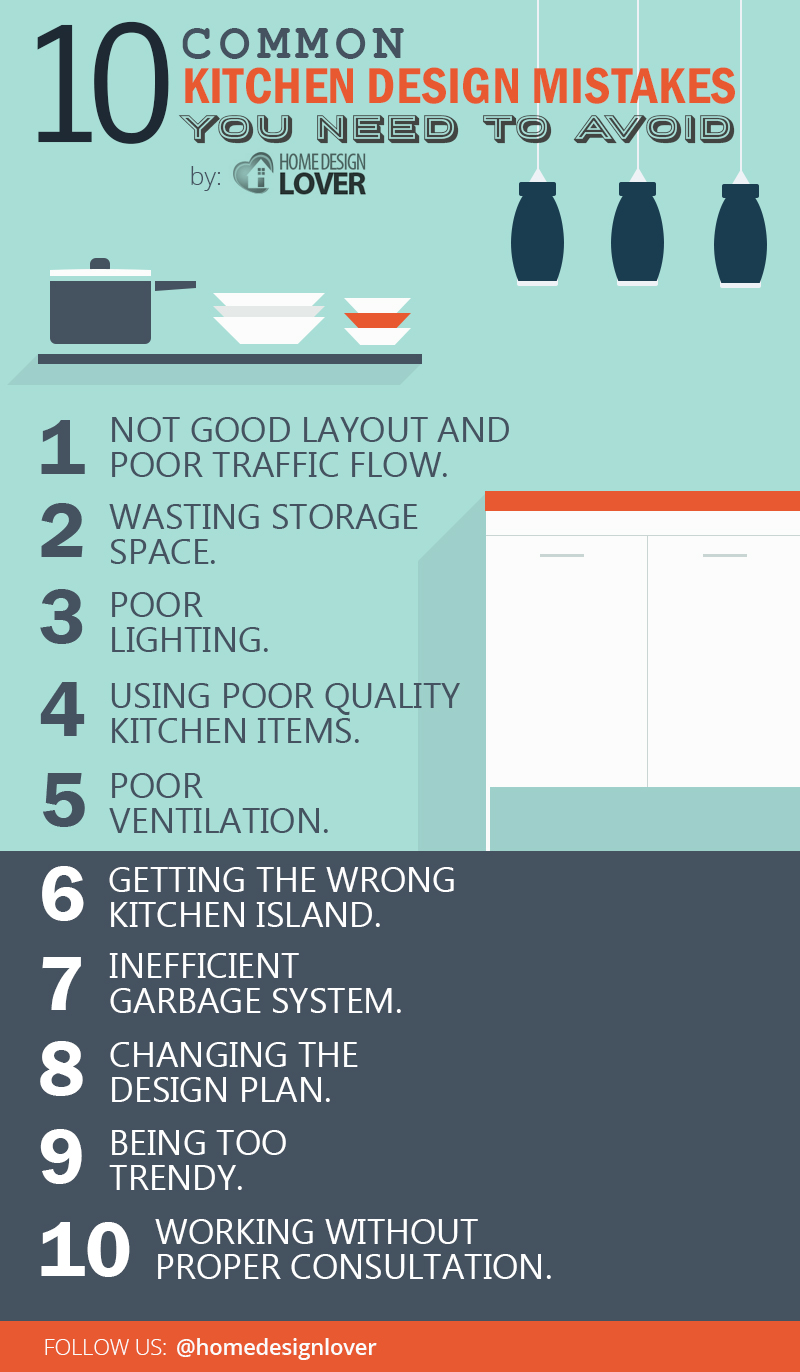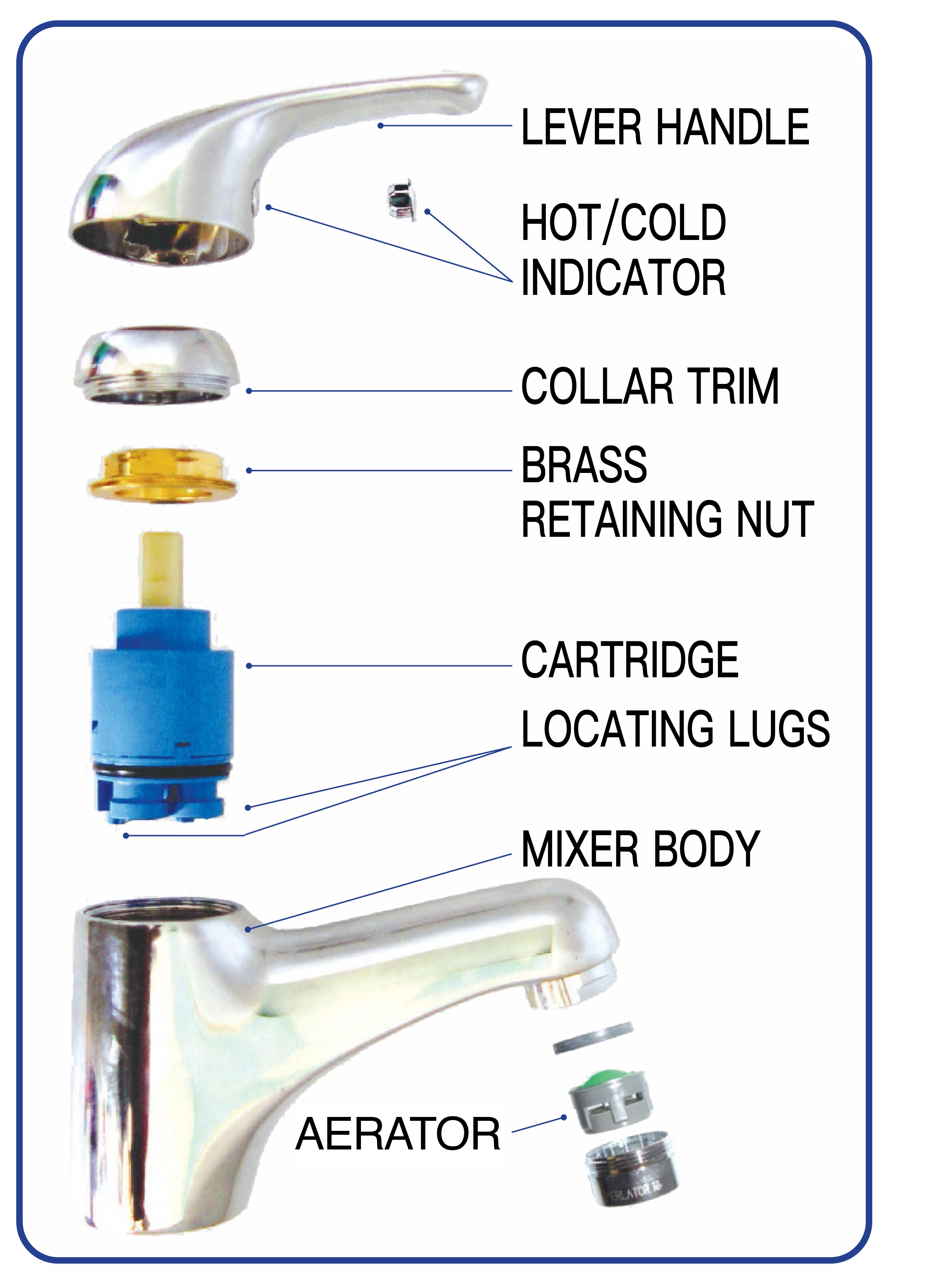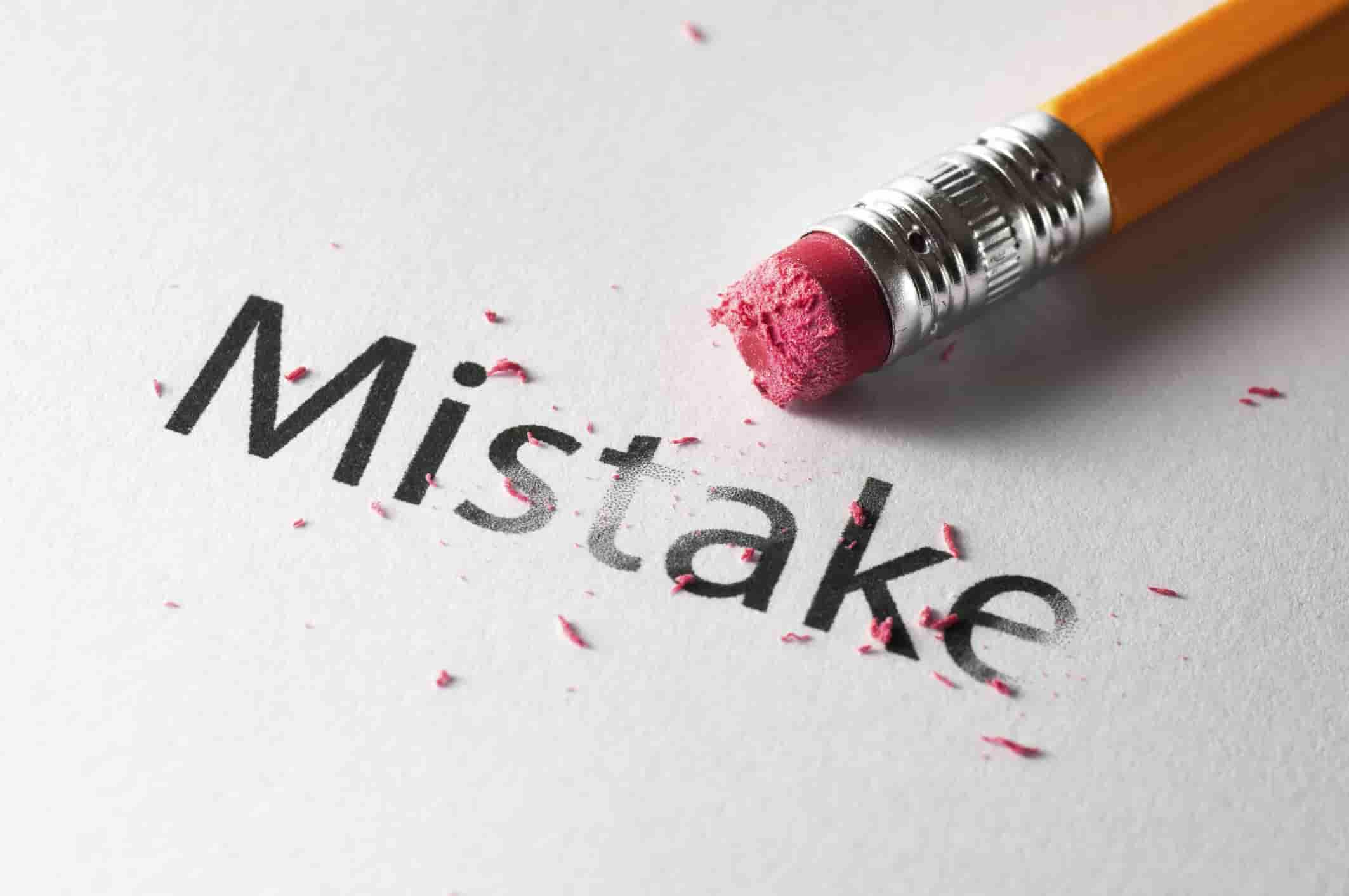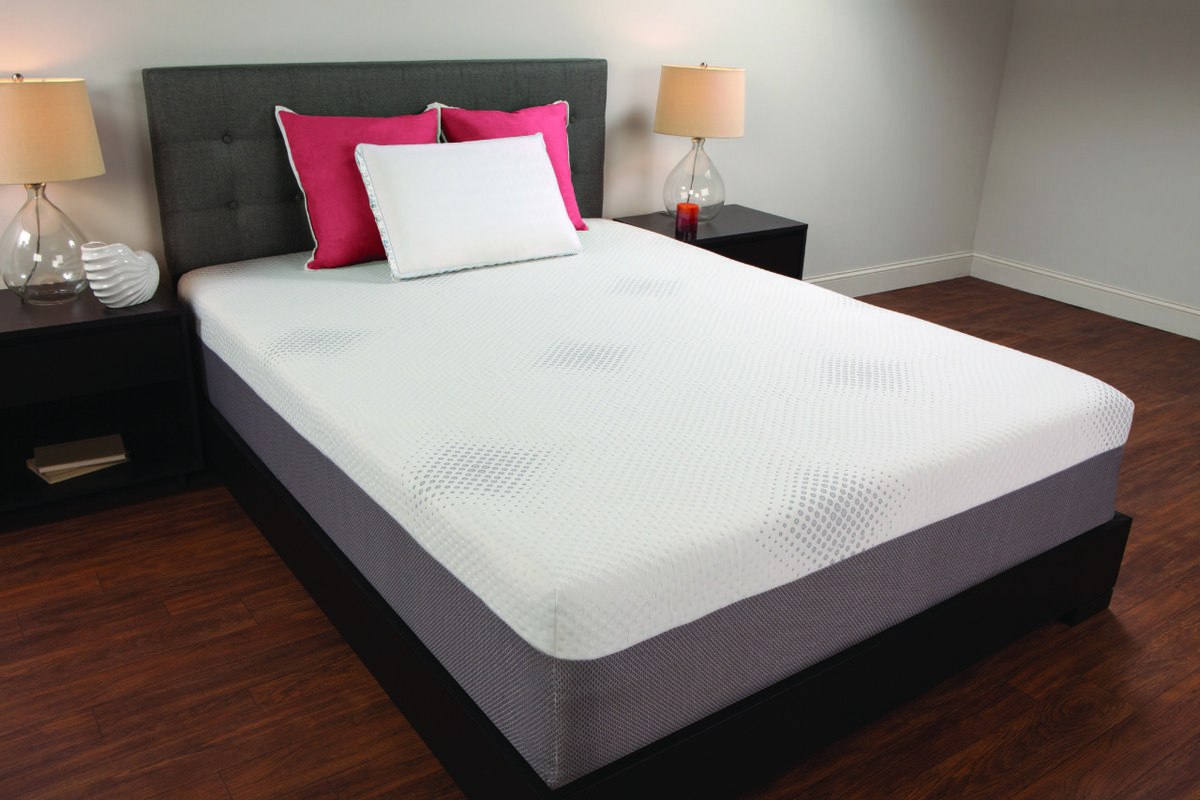1. How to Fix a Leaky Kitchen Sink
Dealing with a leaking kitchen sink can be a frustrating and messy problem to tackle. However, with the right tools and knowledge, it is possible to fix it on your own. Here are the steps to take to fix a leaky kitchen sink:
Step 1: Identify the source of the leak. Is it coming from the faucet, the drain, or the pipes underneath?
Step 2: Turn off the water supply to the sink. This will prevent any further leakage and allow you to work on the problem without getting soaked.
Step 3: Clean the area around the leak thoroughly. This will help you see the source of the problem more clearly.
Step 4: If the leak is coming from the faucet, check the O-ring or gasket. These are usually the culprits when it comes to faucet leaks. Replace them if necessary.
Step 5: If the leak is coming from the drain, check the connections and tighten them if needed. You can also try using a drain snake to clear out any clogs that may be causing the leak.
Step 6: If the leak is coming from the pipes underneath the sink, you may need to replace them entirely. This can be a more complicated task, so it's best to call a professional if you're not comfortable doing it yourself.
2. Common Causes of a Leaking Kitchen Sink
Understanding the common causes of a leaking kitchen sink can help you prevent them in the future. Here are some of the most common reasons for a leaking kitchen sink:
Worn out parts: Over time, the parts of your sink such as the O-ring, gasket, or pipes can become worn out and start to leak.
Clogged drain: A clogged drain can cause water to back up and leak out of the sink.
Loose connections: Connections between the faucet, drain, and pipes can become loose over time, causing leaks.
High water pressure: If your water pressure is too high, it can put stress on your sink's components, causing them to leak.
3. DIY Solutions for a Dripping Kitchen Sink
If you're a handy person and want to try fixing your leaking kitchen sink on your own, here are some DIY solutions you can try:
Use plumber's tape: If the leak is coming from a joint or connection, try wrapping some plumber's tape around it to seal the leak.
Replace worn out parts: As mentioned earlier, worn out parts such as the O-ring, gasket, or pipes may need to be replaced to fix the leak.
Clear out clogs: If the leak is coming from the drain, try using a drain snake or a mixture of baking soda and vinegar to clear out any clogs causing the leak.
Adjust water pressure: If high water pressure is causing your sink to leak, you may need to adjust the pressure using the shutoff valves under the sink.
4. Signs of a Leaking Kitchen Sink Drain
It's essential to catch a leaking kitchen sink drain early on to prevent any damage to your cabinets or floors. Here are some signs that your sink drain may be leaking:
Puddles under the sink: If you notice water pooling under your sink, it's a clear sign that there's a leak in the drain.
Damp cabinets or floors: If your cabinets or floors feel damp or show signs of water damage, it could be due to a leak in the sink drain.
Dripping sounds: If you hear dripping sounds coming from under your sink, it's a sign that there's a leak in the drain.
5. How to Repair a Kitchen Sink Leak at the Bottom
A leak at the bottom of your kitchen sink can be a bit trickier to fix, but it can be done with the right tools and knowledge. Here's how to repair a kitchen sink leak at the bottom:
Step 1: Turn off the water supply to the sink.
Step 2: Remove the sink trap and clean it out.
Step 3: Check the rubber gasket on the sink flange. If it's worn out, replace it with a new one.
Step 4: Check the sealant around the sink flange and replace it if it's cracked or damaged.
Step 5: Reattach the sink trap and turn the water supply back on to test for any leaks.
6. Troubleshooting a Leaking Kitchen Sink Faucet
A leaking kitchen sink faucet is a common problem that can be caused by a variety of reasons. Here's how to troubleshoot a leaking kitchen sink faucet:
Check the O-ring: As mentioned earlier, the O-ring is a common culprit when it comes to faucet leaks. Check it and replace it if it's worn out.
Check the cartridge: The cartridge is another part of the faucet that can cause leaks. Check it for any cracks or damage and replace it if necessary.
Check the connections: Loose connections can also cause leaks in the faucet. Tighten them if needed.
Check the aerator: A clogged aerator can cause water to back up and leak out of the faucet. Clean it out or replace it if necessary.
7. Steps to Fix a Dripping Kitchen Sink Pipe
A dripping kitchen sink pipe can be a sign of a more significant plumbing issue and should be addressed promptly. Here are the steps to fix a dripping kitchen sink pipe:
Step 1: Turn off the water supply to the sink.
Step 2: Locate the source of the leak. It could be a loose connection, a crack in the pipe, or a worn out seal.
Step 3: If it's a loose connection, tighten it. If it's a crack, you may need to replace the pipe. If it's a worn out seal, replace it.
Step 4: Turn the water supply back on and check for any leaks.
8. Preventing a Leaking Kitchen Sink in the Future
Prevention is always better than cure, and there are some steps you can take to prevent a leaking kitchen sink in the future:
Regular maintenance: Make sure to regularly check the components of your sink, such as the O-ring, gasket, and connections, for any signs of wear and tear.
Watch what you put down the drain: Avoid putting grease, food scraps, and other debris down the drain, as they can cause clogs and lead to leaks.
Adjust water pressure: If you notice that your water pressure is too high, consider adjusting it to reduce stress on your sink's components.
Call a professional: If you're not comfortable fixing a leaking kitchen sink on your own, it's always best to call a professional plumber to avoid any potential mistakes.
9. Professional Help for a Leaking Kitchen Sink
If you've tried all the DIY solutions and the leak persists, or if you're not comfortable fixing it yourself, it's time to call a professional plumber. They have the tools, knowledge, and experience to fix any leaking kitchen sink problem.
Professional help can also be beneficial if you're dealing with a more complicated issue, such as a leaking sink pipe or faucet that requires replacement.
10. Common Mistakes to Avoid When Fixing a Leaking Kitchen Sink
Fixing a leaking kitchen sink can be a daunting task, and there are some common mistakes to avoid to ensure the problem is fixed correctly:
Not turning off the water supply: This is a crucial step that should not be skipped. Not turning off the water supply can lead to getting soaked and cause more damage.
Using the wrong tools: Using the wrong tools can cause more harm than good. Make sure to use the appropriate tools for the job.
Not cleaning the area thoroughly: It's essential to clean the area around the leak thoroughly to get a better view of the source of the problem.
Not seeking professional help: If you're not confident in your ability to fix a leaking kitchen sink, it's best to seek professional help to avoid any potential mistakes.
Fixing a leaking kitchen sink may seem like a daunting task, but with the right knowledge and tools, it can be done. By following these tips and seeking professional help when needed, you can keep your kitchen sink leak-free for years to come.
Why a Leaking Kitchen Sink Can Be a Big Problem for Your House Design

The Importance of a Well-Functioning Kitchen Sink
 A kitchen sink may seem like a small and insignificant part of your house design, but it plays a crucial role in your daily life. It is where you wash dishes, prepare food, and even fill up your water bottles. A leaking
kitchen sink
can disrupt these daily tasks and cause frustration. But beyond the inconvenience, a leaking sink can also lead to bigger problems for your house design.
A kitchen sink may seem like a small and insignificant part of your house design, but it plays a crucial role in your daily life. It is where you wash dishes, prepare food, and even fill up your water bottles. A leaking
kitchen sink
can disrupt these daily tasks and cause frustration. But beyond the inconvenience, a leaking sink can also lead to bigger problems for your house design.
The Dangers of a Leaking Kitchen Sink
 At first, a
leaking kitchen sink
may seem like a minor issue that can easily be fixed with a quick DIY solution. However, if left untreated, it can cause significant damage to your house design. The constant dripping of water can lead to mold and mildew growth, which can weaken the structure of your kitchen cabinets and countertops. This can result in costly repairs and replacements, not to mention potential health hazards for you and your family.
At first, a
leaking kitchen sink
may seem like a minor issue that can easily be fixed with a quick DIY solution. However, if left untreated, it can cause significant damage to your house design. The constant dripping of water can lead to mold and mildew growth, which can weaken the structure of your kitchen cabinets and countertops. This can result in costly repairs and replacements, not to mention potential health hazards for you and your family.
The Impact on Your Water Bill
 A
leaking kitchen sink
may also have a significant impact on your water bill. According to the Environmental Protection Agency, a single dripping faucet can waste up to 3,000 gallons of water per year. This not only adds up to your water bill but also contributes to the global water crisis. By fixing the leak, you can save money and help conserve this precious resource.
A
leaking kitchen sink
may also have a significant impact on your water bill. According to the Environmental Protection Agency, a single dripping faucet can waste up to 3,000 gallons of water per year. This not only adds up to your water bill but also contributes to the global water crisis. By fixing the leak, you can save money and help conserve this precious resource.
Addressing the Issue
 Fixing a leaking
kitchen sink
may seem like a simple task, but it is best to seek professional help to ensure that the problem is properly addressed. A plumber can identify the source of the leak and provide a lasting solution. They can also inspect the rest of your plumbing system to check for any other potential issues that may affect your house design.
Fixing a leaking
kitchen sink
may seem like a simple task, but it is best to seek professional help to ensure that the problem is properly addressed. A plumber can identify the source of the leak and provide a lasting solution. They can also inspect the rest of your plumbing system to check for any other potential issues that may affect your house design.














